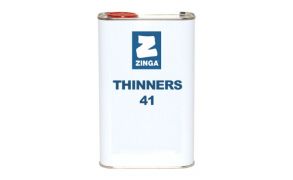£9.95 delivery on orders excluding certain products & postcodes *
Zinga Cold Galvanising Paint
What is Galvanizing?
Galvanization or galvanizing (also spelled galvanisation or galvanising) is the process of applying a thin protective layer of zinc to steel or iron, to prevent rusting. The most common method is hot-dip galvanizing, in which the components are submerged in a bath of molten zinc. Alternatively, a layer of zinc can be applied by brush, roller or spray. This is carried out with a paint called Zinga. Zinga is a cold galvanizing paint that tests show will offer greater protection against rust over hot dip galvanizing. Corrosion of zinc is much slower than steel or iron therefore the life of the metal can be dramatically extended. Due to the alloying of the Zinc to the iron, cathodic protection is achieved. Previously hot-dip galvanized steel can simply be over coated with Zinga but any rust should be removed by mechanical means before application. Galvanized steel resistance to rust corrosion depends largely on the thickness of the protective galvanized zinc coating that is applied, we strongly recommend at least 2 coats of Zinga are applied allowing the paint to dry between coats. Galvanized steel will last in excess of 25 years dependant on factors such as high humidity, above 60% and attack from de-icing salt used on highways.
-
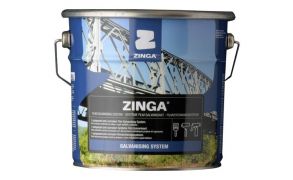 Zinga 96% Zinc Cathodic Protection Galvanizing Paint
Zinga 96% Zinc Cathodic Protection Galvanizing PaintA one pack coating that contains 96% zinc to provide cold galvanizing cathodic protection of ferrous metals.
-
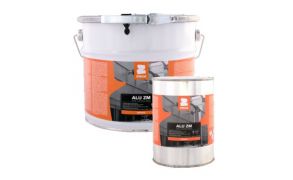
-
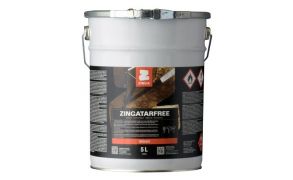 Zinga Zingatarfree (Formerly PU Tarfree MIO)
Zinga Zingatarfree (Formerly PU Tarfree MIO)A one pack moisture curing, polyurethane, MIO paint designed to replace normal cold tar products.
-
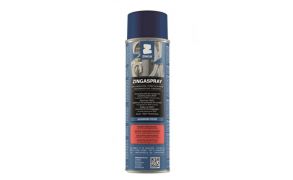 Zinga Zingaspray - 500ml Aerosol
Zinga Zingaspray - 500ml AerosolZinga 500ml 96% Zinc aerosol with all the protection of Zinga 96% Zinc Cathodic Protection.
-

-
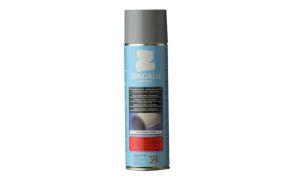 Zinga Zingalu Touch Up Spray
Zinga Zingalu Touch Up SprayA film galvanising touch up to match a hot dip galvanised surface in an easy-to-use semi gloss aerosol.
-
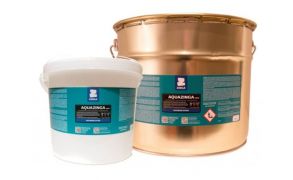 Zinga Aquazinga
Zinga AquazingaAnti corrosion system designed to withstand severe conditions and high temperatures up to 600° C.
-
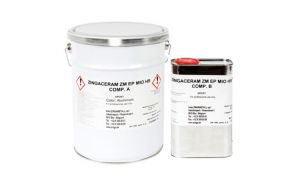 Zinga Zingaceram HS
Zinga Zingaceram HSA high spec, 2 pack, anti corrosion intermediate MIO coat for steel structures at risk from severe abrasion.
-

-
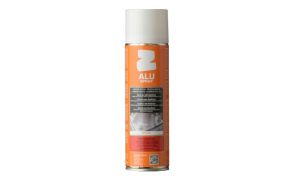 Zinga Aluspray Finishing Top Coat
Zinga Aluspray Finishing Top CoatAn aluminium flake based finishing top coat with a satin finish of pure aluminium.
-
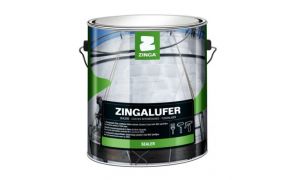 Zinga Zingalufer Formerly Alufer N
Zinga Zingalufer Formerly Alufer NA 1 pack, PU MIO sealer For use over Zinga and Aquazinga, providing a protective seal against salt and chemical exposure.
